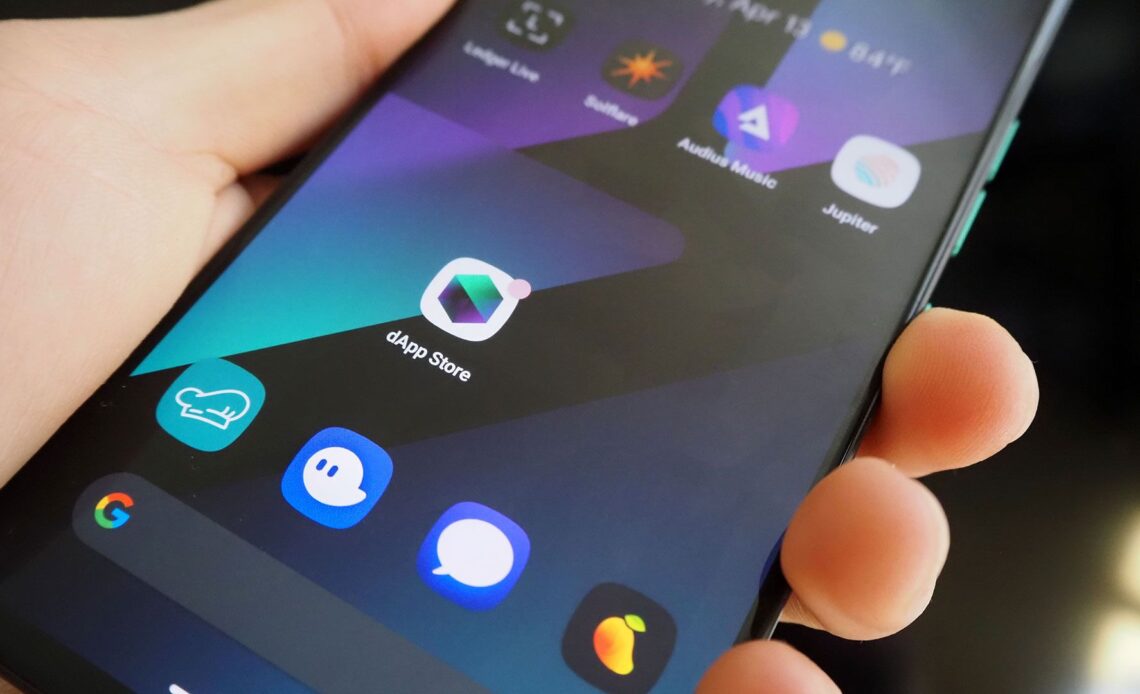Solana, one of the fastest growing blockchain networks, experienced severe disruptions early Tuesday morning. Engineers responded quickly, beginning work before 6 a.m. ET, to push out a patch needed to restart the halted chain. But it wasn’t until approximately 10:00 a.m., when validators collectively controlling 80% of staked SOL had updated to a new version of Solana’s source code, that the network began humming again.
This is an excerpt from The Node newsletter, a daily roundup of the most pivotal crypto news on CoinDesk and beyond. You can subscribe to get the full newsletter here.
This is not the first time Solana has gone down. It has seen at least one major crash that severely affected block production every year since 2021 — with some outlets counting at least 11 total disruptions over the past two years, including minor events. The mainnet network is often said to be running in “beta,” a term that typically refers to nearly-finished software that is being tested by a select group of users before an official launch.
“Engineers from across the ecosystem are investigating an outage on mainnet-beta,” the Solana team’s incident report read. While it is true that Solana has never officially announced that it was leaving the beta testing phase, a period meant to help identify bugs and evaluate performance in real-world conditions, at this point the phrase seems increasingly like a cop out.
Solana is a fully functional blockchain with a large and committed user base. It is the fifth-largest “DeFi chain” by total value locked, representing about $1.7 billion in capital committed to the various on-chain apps. SOL, the native token, is the fifth-largest cryptocurrency at a market capitalization of nearly $42 billion. It is frequently cited as one of the blockchains with the most exciting developer communities.
There’s an argument to be made that Solana’s novel approach to blockchain architecture — it is often called a “monolithic chain” that uses a custom-built “proof-of-history” algorithm to quickly process transactions — needs time to cook before it’s fully ready to serve. There are also a number of major upgrades planned for the network to introduce greater programming flexibility and improve user experience.
But at the same time, its developer…
Click Here to Read the Full Original Article at Cryptocurrencies Feed…
























